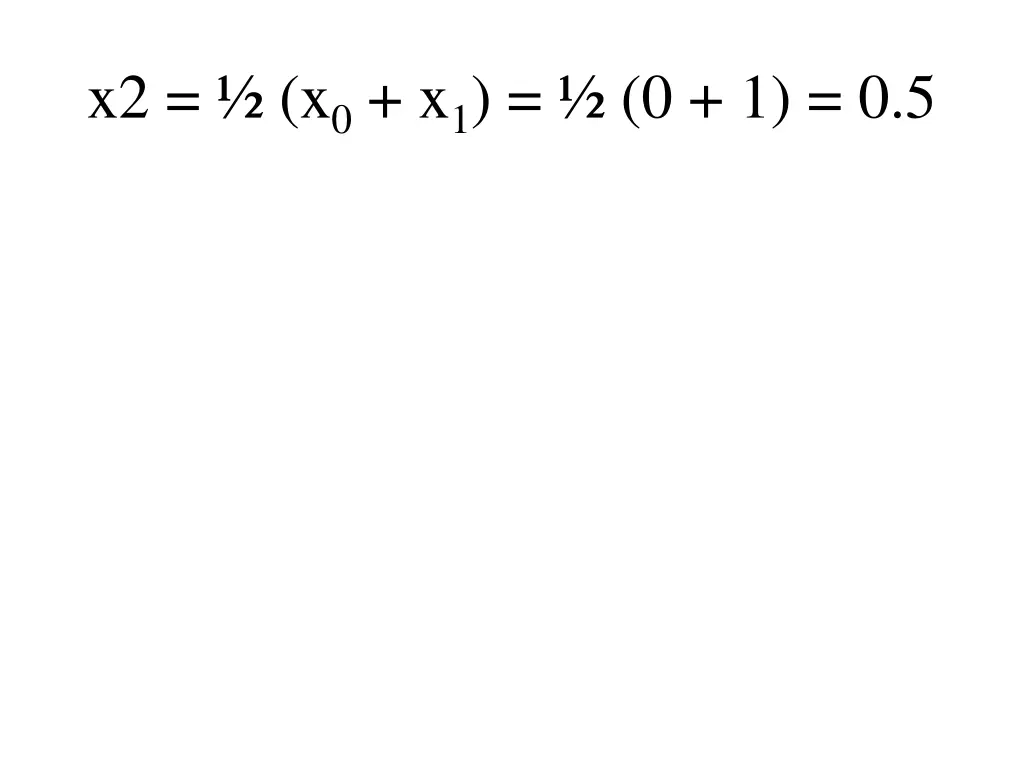
Mathematical Analysis of Variable Function Compositions
Explore the step-by-step calculations involving various mathematical functions with neglecting and rejecting certain variables. Discover the outcomes of function compositions and their values at specific inputs. Follow the progression through a series of mathematical operations to understand the results obtained.
Download Presentation

Please find below an Image/Link to download the presentation.
The content on the website is provided AS IS for your information and personal use only. It may not be sold, licensed, or shared on other websites without obtaining consent from the author. If you encounter any issues during the download, it is possible that the publisher has removed the file from their server.
You are allowed to download the files provided on this website for personal or commercial use, subject to the condition that they are used lawfully. All files are the property of their respective owners.
The content on the website is provided AS IS for your information and personal use only. It may not be sold, licensed, or shared on other websites without obtaining consent from the author.
E N D
Presentation Transcript
X0= 9nx1= bn (x0+ x1) F (cn) 0
0.375 1
This is linear function x(y) with x(y0) = x0and x(y1) = x1
The line intersects the x axis at the point obtained by putting y = 0 in (3.4)
-y1 -y0
This may be re-written on a linear interpolation form as x0F(x1) x1 F(x0)
iterative scheme results. As in the case of binary search (bisection rule) the two estimates slid give opposite signs in F(x).
The convergence in this method is faster than that in bisection rule.
Example F(x) = x2 3x + 1 = 0
